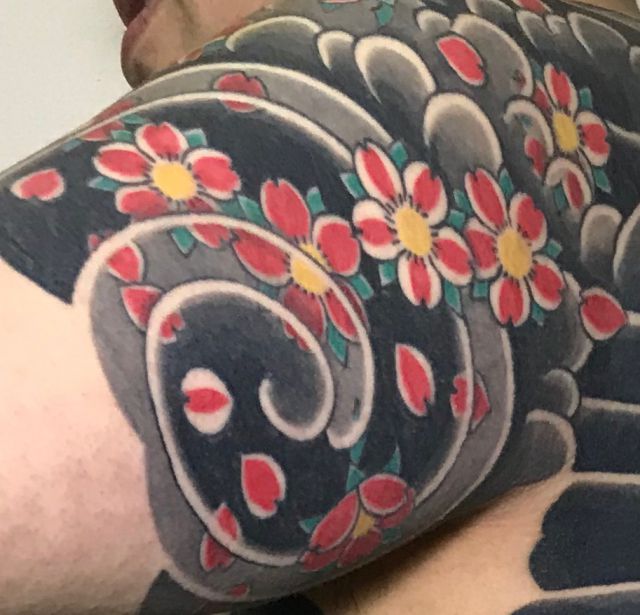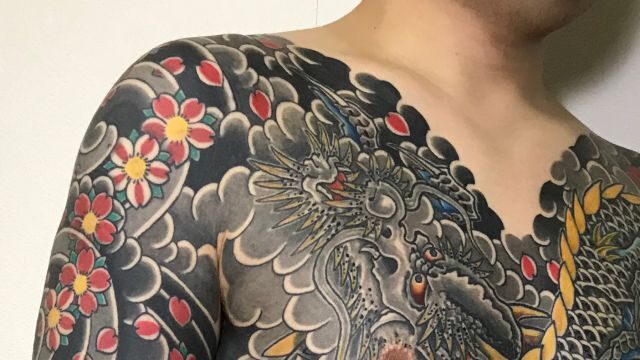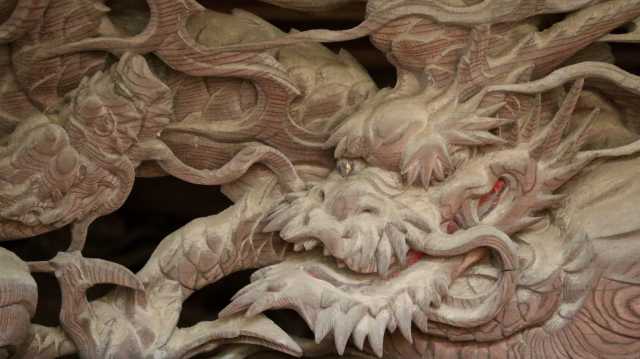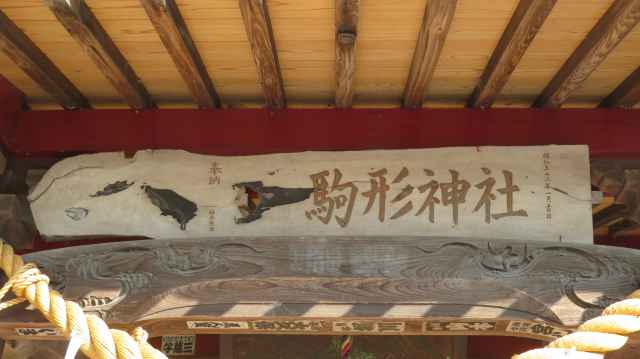Traditional Japanese Tattoo Association 「日本伝統刺青協会」
アムステルダムの建尚・二代目さんと一緒に、日本文化と刺青についてインスタグラムなどのSNSで海外に発信しています。
第12回は刺青の額について。拙い英文と翻訳文、刺青は私、刺青師・龍元です。

刺青の額について
額と呼ばれる背景には雲や岩、波、渦や風などの要素があります。これらの要素によって刺青に奥行きや広がりを表現する事ができます。
背景には正しい要素を選ぶ必要があります。額は主題を引き立てる事も台無しにする事もできるのです。
例えば、不動明王は岩と滝がよく合います。通常飛ぶ事はないので、雲と風だけを周りに配置するのは正しくなく、岩に座るか立っているかしています。
花や葉などを加える事で額に変化や鮮やかさを持たせる事ができます。主題によって正しい花・葉があります。例えば、唐獅子に合わせられる花は牡丹のみです。
(完全な翻訳ではありません)
Gakubori part 2
Background called Gaku consists of elements such as clouds, rocks, waves, spirals and winds. By these elements you can express an depth and expanse of the scene of tattoo.
You need to choose proper elements for background. Gaku can decorate main motif, and it can spoil the motif.
Each motif has proper elements. For example, Fudo-Myoo matches with rocks and waterfall. It isn’t proper to put only clouds and wind bars around it because Fudo-Myoo doesn’t fly. It sits/stands on rocks.
Flowers and leaves give Gaku variation and vibrancy. Each motif has proper flowers and leaves. Like Karajishi (foodog) only can go with botan (peony). Text by @ryugendo
刺青師・龍元


